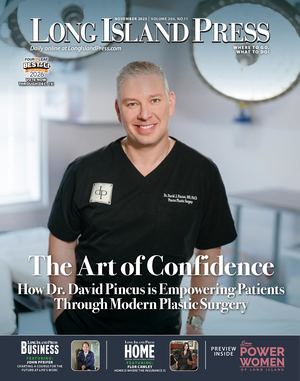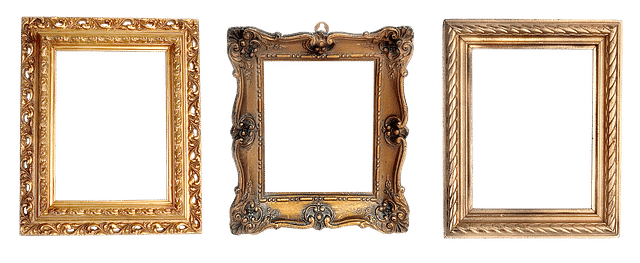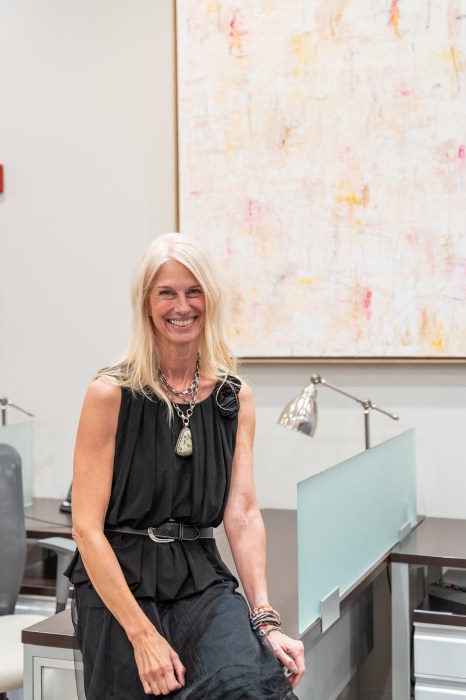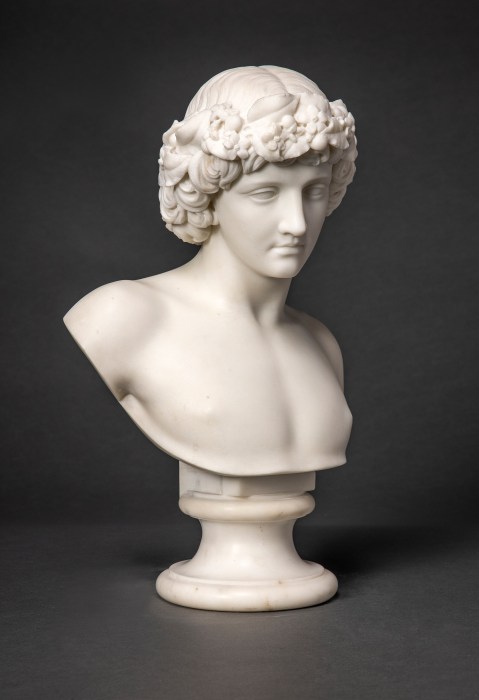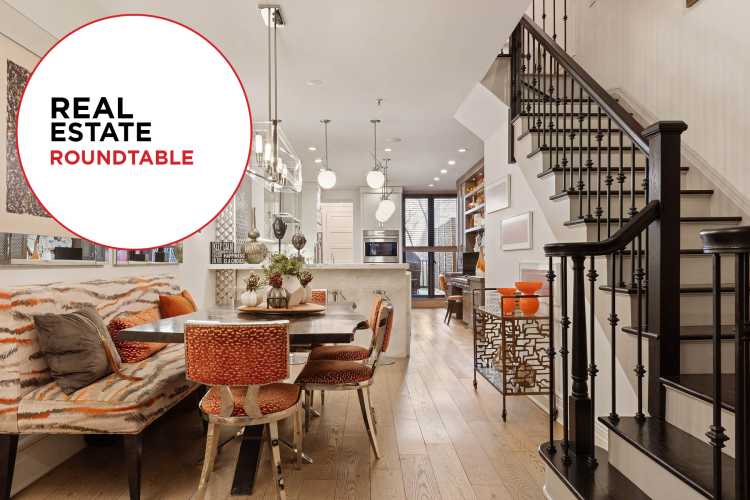Are you a person who loves art, but doesn’t know a thing about framing? Greg Schnoor is an expert in the art framing field and said framing is just as important as the art that goes inside it. “If you just take art and hang it on the wall without a frame it looks incomplete,” he said. “The framing and the matting that goes around the art enhances the piece and brings it out. It [the framing] finishes off the piece. The frame is designed to not only protect the art but to enhance it.”
Q: What process do you use for finding the right frames for art?
A: The customer comes in and you chat a few minutes. You ask the customer where they’re going to put it, what their thoughts are and if they had any thoughts on how they wanted to do it and then you go from there. I listen to the customer carefully. At the same time, I’ve been doing this for more than 40 years, so I guide the customer in the right direction. You want to find out what style house they have, traditional or contemporary. What room of the house it’s [the frame] going in. You don’t put a formal frame for something that’s going in the kitchen or bathroom. Talking to the customer, you get a lead and then you go from there.
Q: What frames do you suggest for different types of artwork?
A: Framing is an art. There’s not one set of frames that go on photographs. You can have a wedding photograph versus a mountain scene, so that would tend to get different styles of frames. For photographs, I would say, most of the time it’s more of a simple frame. Photographers tend to like a white matte in a black frame. Somebody can bring in a nice fine art piece and say they have a contemporary house, so you’re not going to show them traditional stuff. The same piece of artwork can be brought in by the next customer and say they have a traditional house and that’s going to be framed with traditional frames. It’s not always just the artwork; it’s where it’s going to hang that dictates the type of frame.
Q: What styles are there for framing?
A: Generally, when you think contemporary, you think of simple, clean lines. When you’re traditional, think of ornate with lots of grooves and beading. For traditional, we have lots of different shades of gold. The way that’s achieved is the color that you put under the gold and what you do on top of the gold changes the tint of the gold. Let’s say you have a landscape and it’s got a lot of yellows and brown tones. You would not want a loud gold. You would go with a gold that has a brown antique color to it that would soften the gold to go with the picture. Contemporary art tends to be louder, brighter tones. There’s no specific color.
Q: What is the difference between custom and ready-made frames?
A: Custom versus ready-made is a world of difference. In custom, everything is coordinated around that piece of artwork and sized properly to the artwork. We’re designing and building that frame around that piece of art. When people buy the ready-mades, it never seems to fit quite right. There’s also quality difference. The ready-mades don’t have conservation glass to protect the artwork. They don’t have acid-free materials to protect the artwork. There’s so many little variables and tools that we have here that someone can’t possibly have at home.
Q: For someone who has a low budget, what could be suggested for frames?
A: A customer comes in and says I’m really price conscious and we can guide people to lower priced frames. I always tell a customer I’ll do as much or as little as you like. Sometimes people bring in a ready-made frame and I will make a beautiful matte and then fit it in for them. There’s different ways to save instead of going over the top with a total custom job. I’ll work up a job for a customer and they’ll say, ‘it’s higher than my budget, what can we do?’ We’ll change to a simpler frame. We’ll do a single matte instead of a double matte. Maybe we’ll take the conservation glass and use regular glass. All those things chip a little away at the price. They still get a nice job, but it’s still way above dropping it in a pre-made frame.
Q: What things can be framed? What do you get asked to frame?
A: We are truly a custom framing shop. We do almost everything here. We have a full shop downstairs. We get photographs fine art prints, degrees. That would be the normal stuff, posters, fine art prints. Then you get people who have a family heirloom. We’ve framed wedding dresses. We do sports jerseys. You literally can frame anything. The sky’s the limit. Whatever you can bring in the door, we can figure out how to frame it.
Q: Is there a certain framing trend that you noticed is becoming popular?
A: Rustic frames are really hot right now. We have a line of reclaimed wood. They actually tear down old barns and cut up the barn wood and we make it into frames. It’s got nail holes with a little bit of rust and a lot of splintering. It’s all weathered from being in the elements for so many years.
Greg Schnoor is the owner of Barnes Gallery, a custom art framing shop in Garden City South. To learn more about the services he provides, visit www.barnesgalleryframing.com
